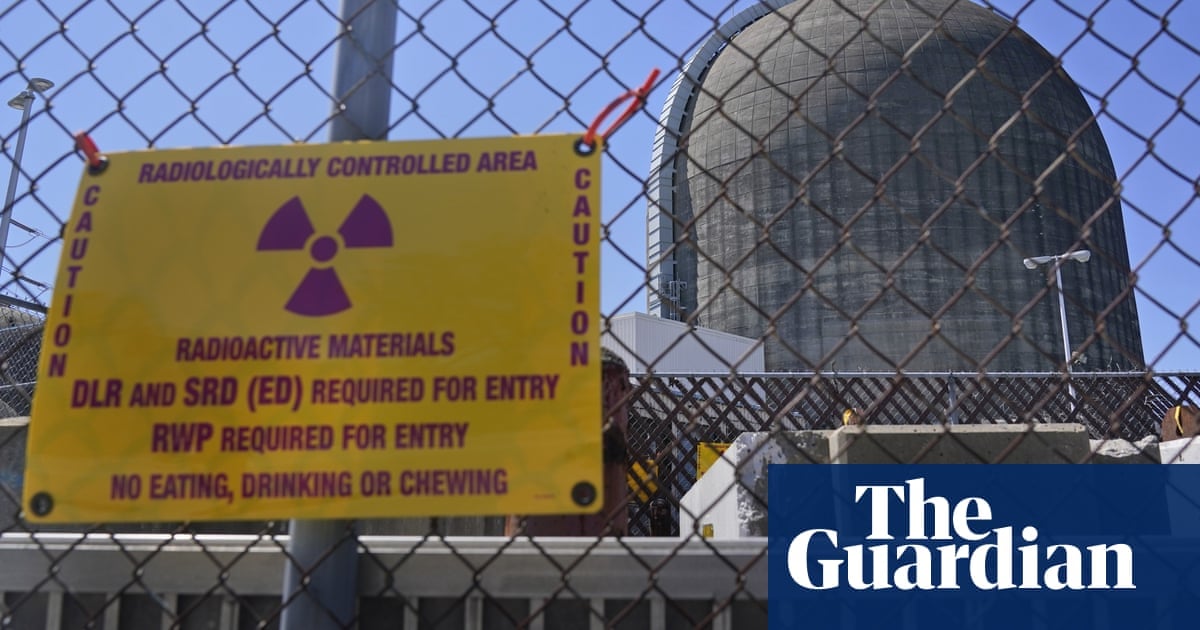Shuttering of New York facility raises awkward climate crisis questions as gas – not renewables – fills gap in power generation
When New York’s deteriorating and unloved Indian Point nuclear plant finally shuttered in 2021, its demise was met with delight from environmentalists who had long demanded it be scrapped.
But there has been a sting in the tail – since the closure, New York’s greenhouse gas emissions have gone up.
Castigated for its impact upon the surrounding environment and feared for its potential to unleash disaster close to the heart of New York City, Indian Point nevertheless supplied a large chunk of the state’s carbon-free electricity.
Since the plant’s closure, it has been gas, rather then clean energy such as solar and wind, that has filled the void, leaving New York City in the embarrassing situation of seeing its planet-heating emissions jump in recent years to the point its power grid is now dirtier than Texas’s, as well as the US average.



because you literally talked about mining. You mentioned the environmental impact of mining, which is still significantly less, than any other form of extraction. Except for maybe natural gas. Though im not familiar with how that works.
Maybe you weren’t referring to nuclear, but judging by the fact that the literal entire rest of the post refers to nuclear, and you are yelling at me about how you didn’t mention it, im going to assume, for lack of any better context, that you meant mining in regards to nuclear.
I don’t think I understand what you’re trying to say. I’m saying nuclear power requires mining to get the fuel. It’s just one negative point about the power source. I didn’t compare it to any other form of power generation in that regard.
Edit: I should have said “non-renewable form” - I’m listing it as a negative around nuclear because it’s not a (direct) negative in renewables.
i mean even solar panels require mining material. Rare earth materials at that. Wind? Same deal there, hydro? Same deal there. Literally every form of energy production requires extraction processing and refining. Nuclear is arguably one of the least significant contributors, most of it’s primary extraction and processing is very similar to how large buildings and structures are built. The secondary extraction is very minimal. Compared to something like solar where you need continual extraction, processing, and refining, of rare earth materials in order to turn funny photon energy into electrical energy so we can bitch and yell at each other for no reason.
Wind is arguably better than solar, but it has the cool side effect of using fiberglass, particularly in the blades, which is basically landfill from the factory, due to how they wear, and how you can’t really dispose of them.
Of course mining material is a negative, but we can literally leech uranium out of the ground using zero human involvement, while it’s probably not great for the environment itself. That might even be a marked improvement over something like solar, nuclear probably has one of if not the lowest recurring cost of extraction for producing energy.
I’m not sure what the point of mentioning that is unless you legitimately believe that free energy exists. It’s entirely redundant otherwise.